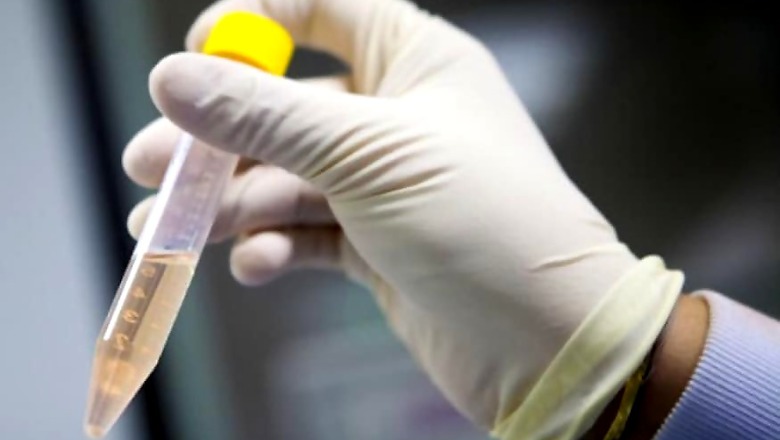
views
Researchers have developed an automated technology that combines imaging with digital analysis and machine learning to help physicians detect melanoma at its early stages. People with melanoma often have mole-looking growths on their skin that tend to be irregular in shape and colour and can be hard to tell apart from benign ones, making the disease difficult to diagnose.Also read: This Smart Diaper Will Alert When Wet
"There is a real need for standardisation across the field of dermatology in how melanomas are evaluated," said James Krueger, Professor at Rockefeller University in the US. "Detection through screening saves lives but is very challenging visually, and even when a suspicious lesion is extracted and biopsied, it is confirmed to be melanoma in only about 10 per cent of cases," said Krueger.
In the new approach, images of lesions are processed by a series of computer programmes that extract information about the number of colours present in a growth and other quantitative data. The analysis generates an overall risk score, called a Q-score, which indicates the likelihood that the growth is cancerous. Also read: Lenovo K6 Note Review: Its Battery Life is the USP
A recent study evaluating the tool's usefulness indicates that the Q-score yields 98 percent sensitivity, meaning it is very likely to correctly identify early melanomas on the skin. The ability of the test to correctly diagnose normal moles was 36 percent, approaching the levels achieved by expert dermatologists performing visual examinations of suspect moles under the microscope.
"The success of the Q-score in predicting melanoma is a marked improvement over competing technologies," said Daniel Gareau, instructor in clinical investigation in the Krueger laboratory. The researchers developed this tool by feeding 60 photos of cancerous melanomas and an equivalent batch of pictures of benign growths into image processing programmes.Also read: Digital India: Around 950 Millions Indian Still Not on Internet
They developed imaging biomarkers to precisely quantify visual features of the growths. Using computational methods, they generated a set of quantitative metrics that differed between the two groups of images - essentially identifying what visual aspects of the lesion mattered most in terms of malignancy - and gave each biomarker a malignancy rating.
By combining the data from each biomarker, they calculated the overall Q-score for each image, a value between zero and one in which a higher number indicates a higher probability of a lesion being a cancerous. As previous studies have shown, the number of colours in a lesion turned out to be the most significant biomarker for determining malignancy.
Some biomarkers were significant only if looked at in specific colour channels - a finding the researchers say could potentially be exploited to identify additional biomarkers and further improve accuracy. "I think this technology could help detect the disease earlier, which could save lives, and avoid unnecessary biopsies too," said Gareau. The research was published in the journal Experimental Dermatology.




















Comments
0 comment